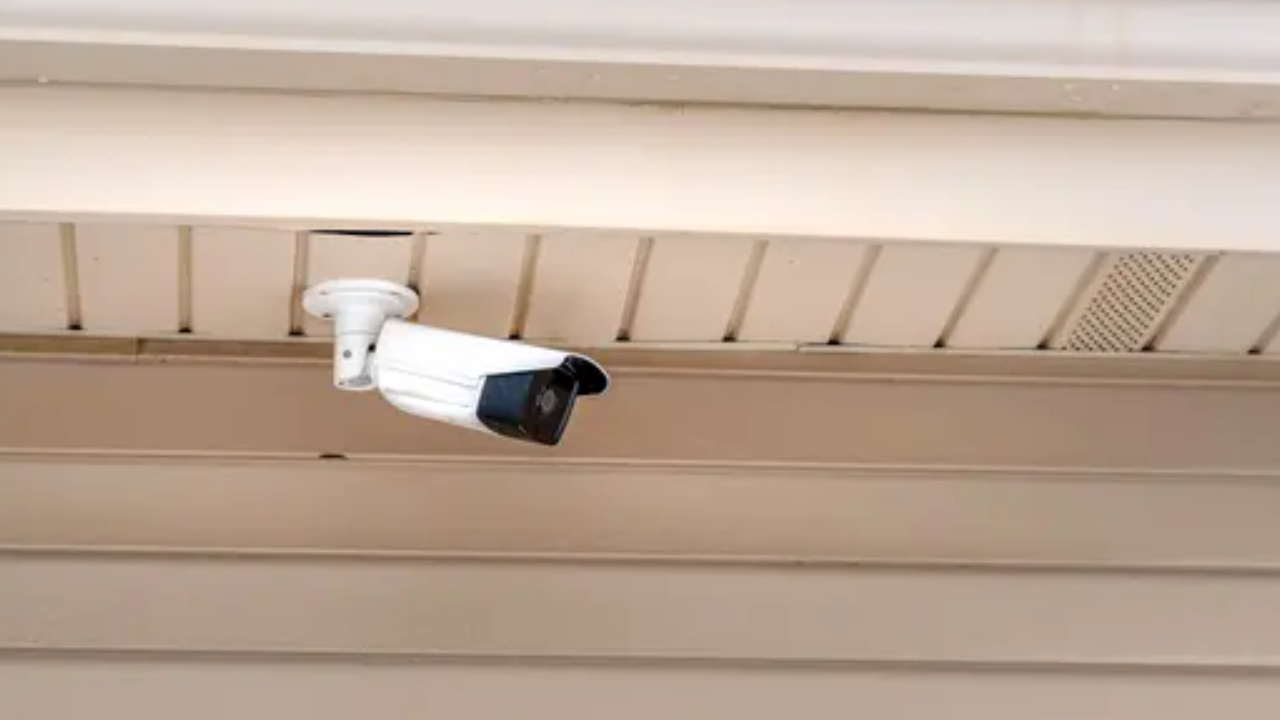Wireless outdoor security cameras without a subscription are a cost-effective and simple solution for homeowners who want to improve their home security without committing to monthly costs. These cameras employ Wi-Fi connectivity to send footage to a local storage device or the user's smartphone, removing the need for cloud storage subscriptions. These cameras often provide basic features like motion detection, night vision, and two-way voice communication without requiring a monthly subscription.
Users can keep recorded footage locally on a microSD card, a network-attached storage (NAS) device, or a personal computer, giving them more control over their data and decreasing reliance on third-party services. Wireless outdoor security cameras without subscriptions are simple to set up and install, making them accessible to homeowners with a wide range of technological skills.
Wireless outdoor security cameras offer convenience, flexibility, and peace of mind to homeowners. While these cameras provide valuable surveillance capabilities, these wireless outdoor security cameras no subscription also come with limitations, particularly concerning storage capacity. as detailed in this article. As technology advances, these cameras frequently include user-friendly mobile apps that provide remote monitoring, setting customization, and alerting of motion occurrences or other security warnings.
Limitations To The Storage Capacity Of Wireless Outdoor Security Cameras Without Subscription
The details of various factors that can limit the storage capacity of wireless outdoor security cameras without a subscription are explored below:
Local Storage Options
Local storage choices for wireless outdoor security cameras include microSD cards, USB drives, and network-attached storage (NAS) devices. These systems provide simple and flexible storage options for recorded film, allowing users to save video locally rather than relying on cloud-based subscriptions. However, the storage capacity of these devices varies, so users should consider capacity, compatibility, and dependability when choosing a storage solution.
Storage Format And Compression
The storage format and compression mechanism employed by wireless outdoor security cameras have a considerable impact on storage capacity. Cameras that use high-definition video formats or less efficient compression algorithms may demand more storage space than those that use lower resolution or more efficient compression techniques. Users should strike a balance between video quality and storage needs when selecting cameras and establishing storage settings to maximize capacity utilization.
Continuous Recording vs. Motion-Activated Recording
Wireless outdoor security cameras provide for either continuous or motion-activated recording. The continuous recording captures footage in real-time, requiring a substantial amount of storage space over time. In contrast, motion-activated recording saves storage space by only recording when motion is detected, decreasing redundancy. To effectively meet their surveillance demands, users should select the optimal recording mode by balancing continuous coverage with efficient storage utilization.
Storage Management Features
Wireless outdoor security cameras frequently contain data management functions such as loop recording and overwrite functionality to optimize storage utilization. When storage is full, loop recording automatically replaces the oldest footage with new recordings, allowing for continuous recording without manual intervention. Users should, however, evaluate storage capacity frequently to avoid unintended loss of essential footage and alter settings as needed to ensure an efficient storage management system.
Cloud Storage Limitations
While some wireless outdoor security cameras provide free cloud storage, there may be limitations on storage duration, video resolution, or the number of recorded clips. These limits may limit the quantity of footage that users can store in the cloud without incurring additional fees. Users should read the terms and conditions of their cloud storage plans to understand any limitations and, if necessary, investigate alternate storage solutions.
Internet Bandwidth And Connectivity
Internet speed and connectivity are critical components in accessing and transmitting footage from wireless outdoor security cameras. Limited upload rates and sporadic internet issues can impede real-time access to footage or cloud storage synchronization, reducing storage capacity utilization. Users should ensure that they have a good internet connection with enough speed to transport video data from their cameras to storage devices or cloud servers.
Sum Up
While wireless outdoor security cameras without a subscription provide valuable surveillance features, they have limited storage capacity. Understanding these restrictions and taking variables into account is critical for customers seeking to maximize storage capacity utilization and assure reliable surveillance coverage. Users can improve the effectiveness and efficiency of their wireless outdoor security camera systems by carefully examining storage requirements and choosing appropriate storage solutions.


